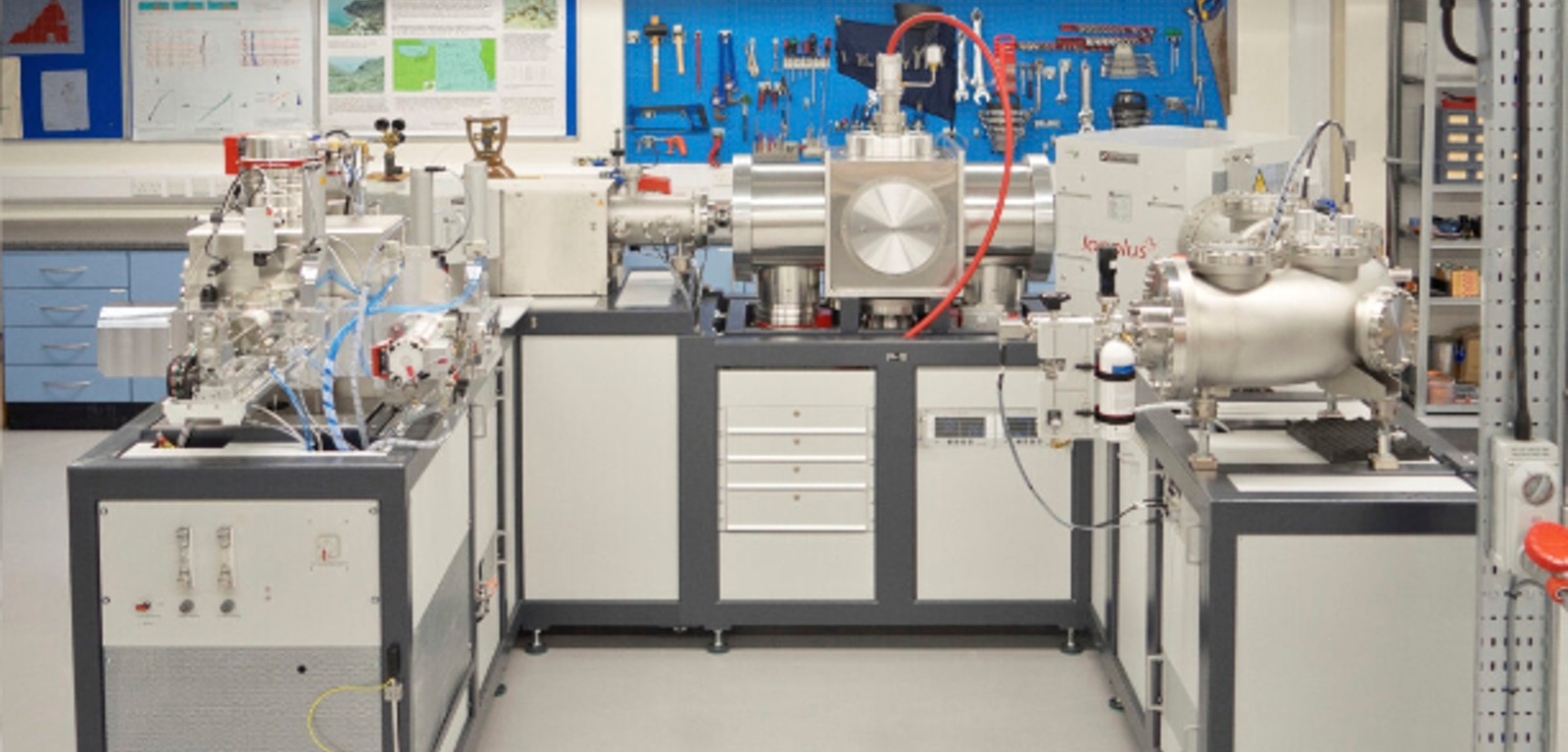Queen's archaeology project to benefit from multi-million pound investment by UK Government
A Queen's initiative is to benefit from a major, national investment by the UKRI Arts and Humanities Research Council (AHRC) which has unveiled 31 projects to grow the UK heritage economy and safeguard heritage science for future generations.

A project within the Archaeology cluster of the School of Natural and Built Environment is among the first tranche of 31 projects being funded by the Research Infrastructure for Conservation and Heritage Science (RICHeS) programme.
Principal Investigator for the project, Dr Patrick Gleeson, said the funding would be used for the Institute for Heritage and Environmental Science (IHES), a cutting-edge facility within Queen's that uses novel thermal decomposition-based carbon separation techniques to address legacy dating issues for UK museum collections, while also continuing to support Northern Ireland’s regional heritage sector with a range of leading-edge capacities.
IHES had previously been established through a £3m investment as a part of AHRC's CapCo and UKRI World Class Labs Programme.
Dr Gleeson explained:
"This project is enhancing the role of IHES as a pivotal infrastructure for conservation, heritage and environmental sciences, equipped with state-of-the-art laboratories for isotope geochemistry, materials characterisation, imaging, and environmental modelling.
"By integrating some advanced technologies including Micro-CT and thermal decomposition as a result of this investment, IHES will pioneer novel approaches in radiocarbon dating and chemical characterisation of some of the more ’problematic’ elements of museum collections. This will enhance our leadership in heritage science, particularly through our renowned 14CHRONO dating facility, aiming to resolve legacy dating issues in UK museum collections while meeting Northern Ireland’s regional heritage sector needs.
"In short, it will future-proof regional heritage needs while establishing a globally leading-edge facility for addressing UK-wide and international conservation challenges."
The funding aims to unlock the potential of existing heritage collections and provide access to untapped cultural assets to safeguard and grow the UK’s £29 billion heritage sector and kickstart economic growth. The National Trust, Historic Environment Scotland and the National Gallery are among the 100 partners from across all four nations of the UK and overseas that have been brought together under the long-term strategic investment programme.
Queen's will receive £2.2 million over the next 12 years as a part of this investment, with the RICHeS programme funded by an £80 million investment from the UKRI Infrastructure Fund and delivered by AHRC.
AHRC Executive Chair, Professor Christopher Smith said:
“The UK has a rich and unparalleled cultural heritage and is a global leader in the science of heritage conservation. By investing in heritage science, we are not only unleashing new understanding about our cultural assets but boosting a world-leading heritage economy that will benefit us all.
“Using the latest technology and scientific equipment, this programme will support access to heritage collections, grow the UK’s heritage economy and drive technological innovation in areas such as material science. With 31 sites across all 4 devolved administrations and a network of 117 partners in three continents, RICHeS is UKRI’s largest distributed infrastructure and an undisputed world-first. It is an example of how AHRC works at the heart of UKRI to drive interdisciplinary science which benefits citizens, society and the economy.“
Head of the RICHeS programme Professor Meggen Gondek said:
“The launch of the RICHeS programme is raising the bar for heritage science globally. It signals a new era where art, culture and science unite to stimulate skills, growth and opportunity. It will secure the UK’s position of excellence in the field and help foster world-class collaborations at both national and international levels.”
Among the high-profile developments announced as part of the initiative is a project to preserve the artworks at the Tate gallery, including the iconic Marilyn Diptych, by Andy Warhol.

Media
Inquiries to Una Bradley u.bradley@qub.ac.uk